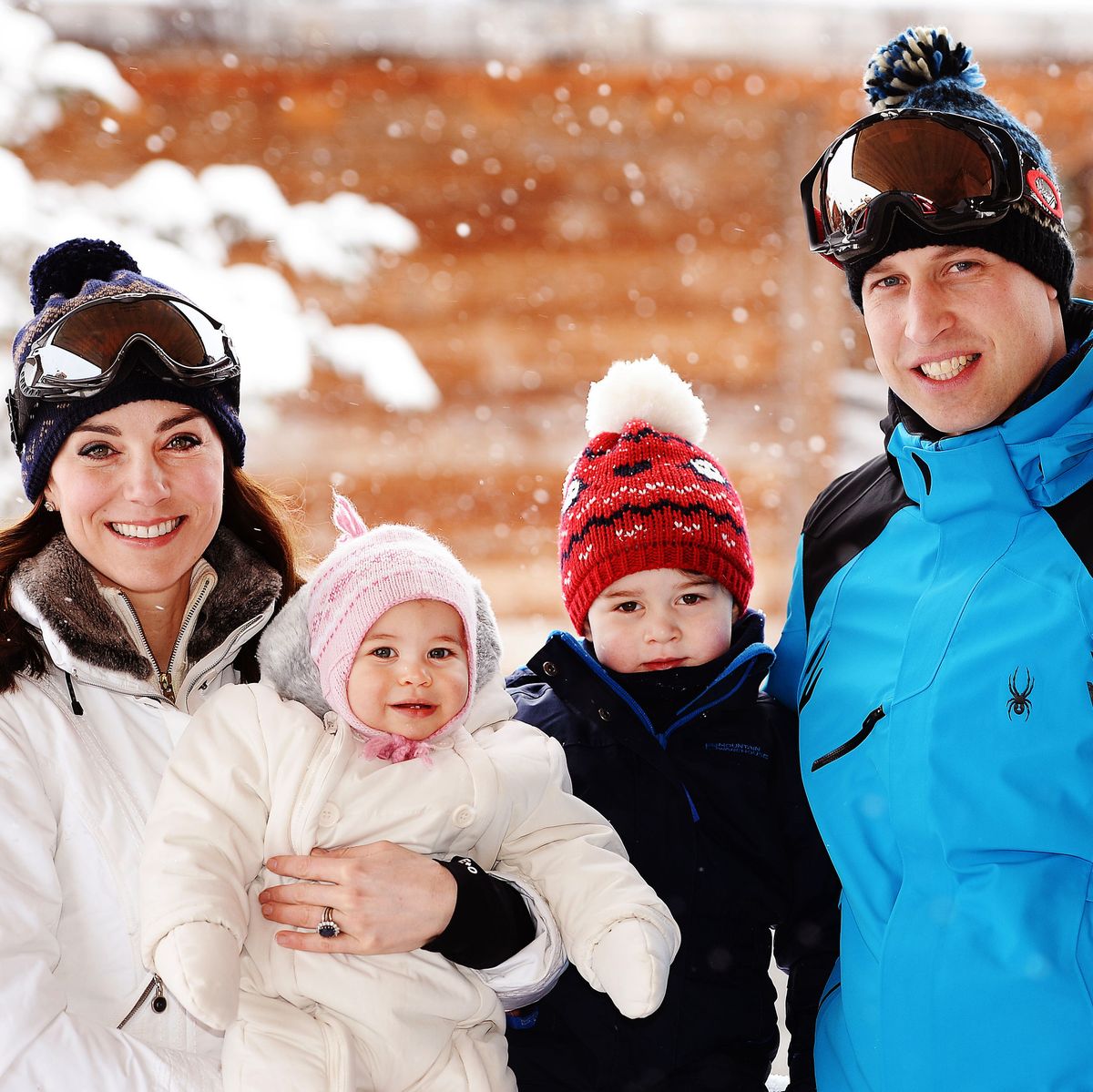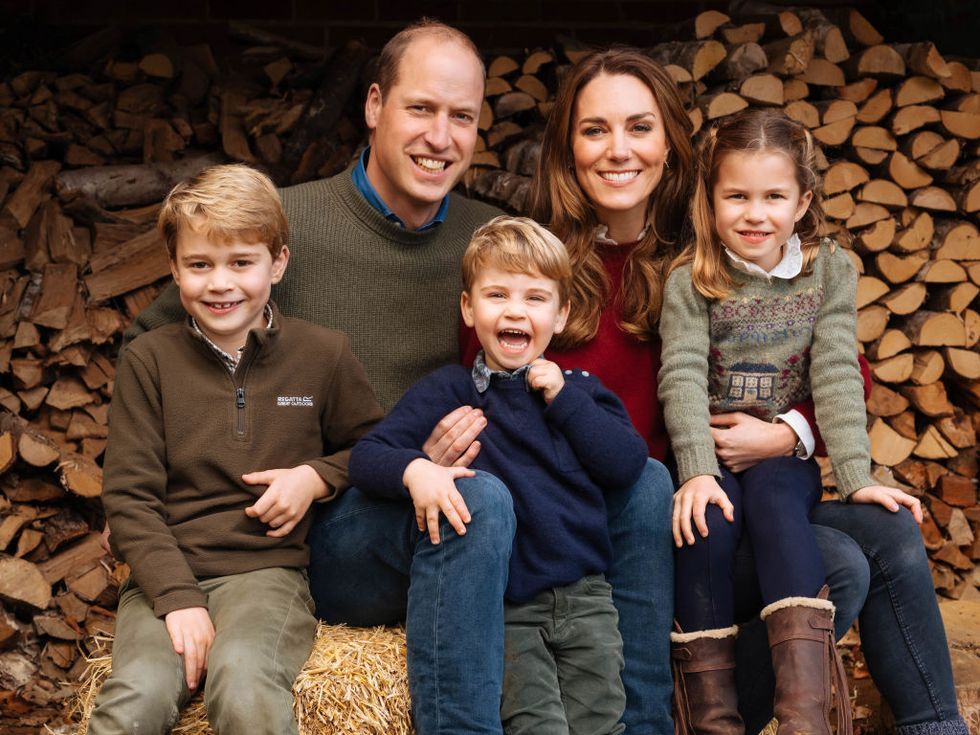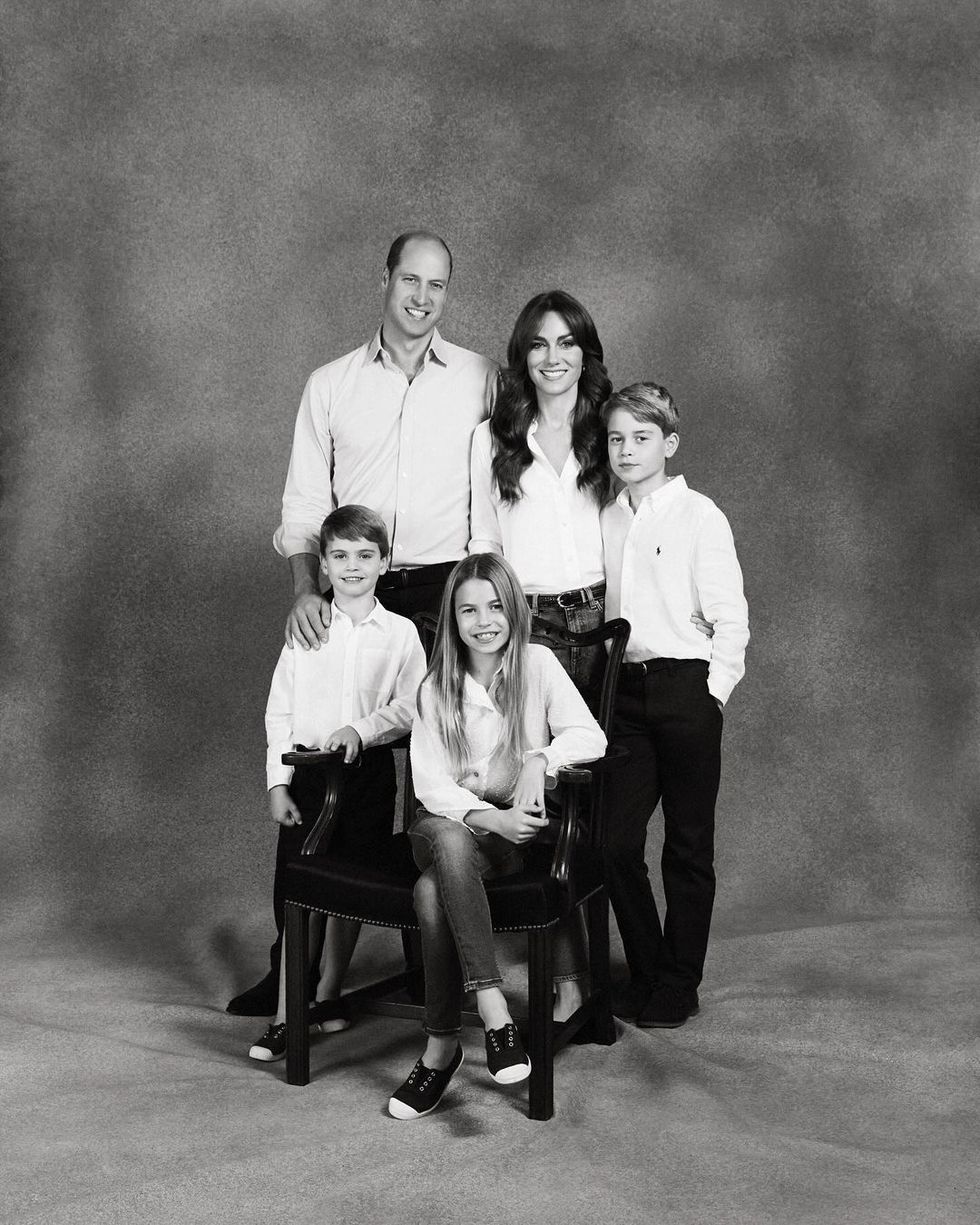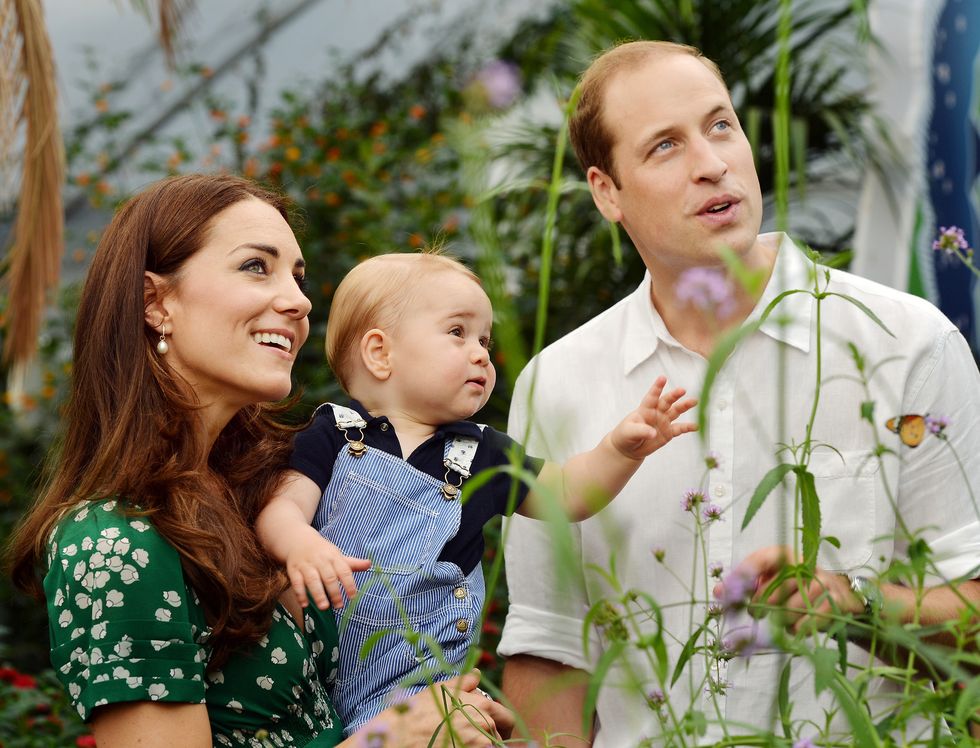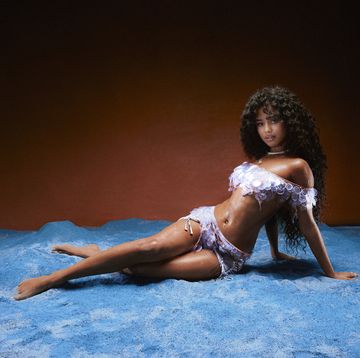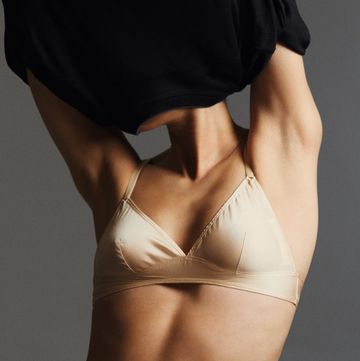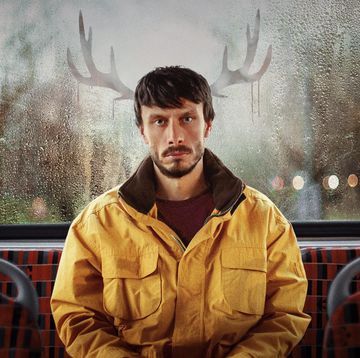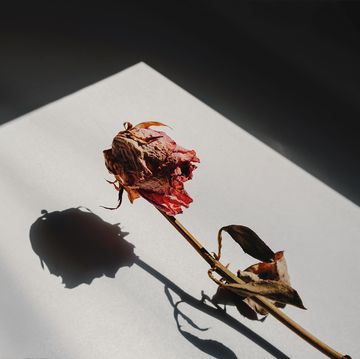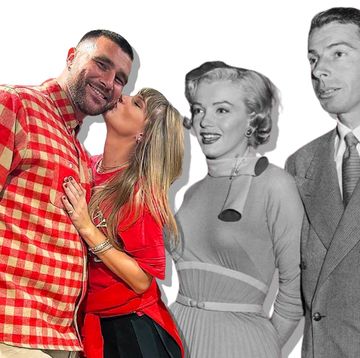You’ve probably heard the one about Kate Middleton's body double. Or that the Princess of Wales is the real Banksy. Or perhaps that's she's actually resting following a Brazilian Bum Lift. Since a statement from Kensington Palace confirmed in January that the royal would be recovering from a ‘planned abdominal surgery’ until after Easter, the conspiracy theories – or ‘Katespiracies’, as they've since been dubbed – pertaining to the state of her health, geographical location, and marital status have reached fever pitch.
Whether you’re a Royalist or a Republican, the furore around the recent edited family photograph of the Waleses has seeped into every social interaction and fuelled a deluge of misinformation about The Firm, which, given the sharing and instantaneous communication model of social media, has only proliferated.
FIND OUT MORE ON ELLE COLLECTIVE
With just a click of her finger – and a sweep of her airbrush – the Princess of Wales dismantled one of the core tenets of the Royals’ house of cards: that they are honest and transparent. In altering the appearance of her Mother’s Day image (which she has since apologised for), she proved that, as Prince Harry and Meghan Markle have been proclaiming for years, Princesses are just as fallible as their subjects, and plagued by the pursuit for perfection.
In a similar vein to the aftermath of the family’s ‘annus horribilis’ in 1992 and the growing tension between the royals and the media (from the publication of Princess Diana’s tell-all memoir to the Sussexes ongoing legal battles with the UK tabloids) what has transpired from the wreckage of the ‘Kate-gate’ rumours is a royal family in free fall without a definitive plan on how to escape the swamp of conspiracy theories that threaten to swallow their reputations – and presence – entirely. Its sword? Social media.
The modern-day royal family evolved in tandem with the rise of social media. As Twitter launched in 2006, WhatsApp and Instagram debuted across all platforms in 2010, swiftly followed by Snapchat and TikTok, Prince William met and eventually married Kate, Prince Harry wed Meghan Markle, and King Charles (finally) said 'I do' to Queen Camilla. In recent years, the family has used social media to its advantage, creating dedicated household handles, sharing information about their charity work, and announcing royal births with as much vigour as an influencer does a new brand collaboration. Rather than attempt to maintain control of its narrative, as it's done for years through its tacit historic agreement with the press, its relationship with the likes of Instagram has only served to fuel the murmuring of misinformation online in an ever-evolving news industry.
According to research released last year by Ofcom, in today’s virtual world, two-thirds of adults in the UK cite social media platforms as the source of news they consume. The number is even higher for those aged 18-24, with 83% of them educating themselves with news they’re served on social media platforms. Contrary to the pre-social media world, in which the royals acted in accordance with the Royal Rota – which refers to the practice of news and photographs of their appearances being distributed to the press pool of approved publications – publications no longer have the hold on the public's opinion that they once did. Instead, the Silicon Valley denizens of social media have seized control of society's increasingly polarised and discerning opinions, forcing it to metabolise ‘news’ pre-determined by digital algorithms rather than royal press teams.
As the tectonic plates of the way we consume news has shifted, so too have the mechanics of the royal family. Despite changing socio-political dynamics and the blurring of what's now deemed private and public, The Firm has long attempted to function as it always has – never complaining or explaining, the famous Benjamin Disraeli maxim by which Queen Elizabeth II orienteered her existence in public life. That is, until now. In light of Kate's recent apology over the edited image, it would seem The Firm is waking up to the fact that staying quiet in the noisy age of opinion-based facts and social media not only dilutes the family’s voices, but their power too.
‘My family have been briefing the press solidly for well over a decade,’ Prince Harry told reporter Tom Bradby in an ITV interview last year, claiming that, ‘certain members’ have decided to ‘get in bed with the Devil to rehabilitate their image’. In his memoir Spare, he wrote: ‘I’d had it with the Royal Rota, both the individuals and the system, which was more outdated than the horse and cart. It had been devised some 40 years earlier, to give British print and broadcast reporters first crack at the royal family, and it stank to high heaven. It discouraged fair competition, engendered cronyism, encouraged a small mob of hacks to feel entitled.’
‘The royal family has been used to being able to control their narrative through their relationship with the press,’ Dr. Rob Topinka, Senior Lecturer in Media and Cultural Studies and author of the paper, 'Misinformation in Everyday Life: Portable Principles for Social Media Research', tells ELLE UK. Referencing the recent photoediting debacle, Dr Topinka adds: ‘What we’re witnessing is a shift in the way that people are perceiving them because their story has been taken out of their hands and they’re struggling to get hold of it. It's become bigger than them.’
Conspiracies thrive when they're fortified with oxygen; the more they are socialised, the more believable they become. It’s in the dark space between people’s perceived reality and the truth that conspiracies take on a life of their own. The term '#KateMiddleton' has been viewed more than 13 billion times on TikTok alone, with users from around the world making videos dissecting what they believe the ‘truth’ is behind Kate’s 'disappearance'. Because that’s what’s given these conspiracies life: the absence of Kate herself. After all, the importance of the royal family lies in their ability to be seen. As The Queen famously said: 'I have to be seen to be believed.' That is one of the very real, tangible ways in which they can be seen to offer support and bolster causes close to their hearts. In ‘robbing’ the public of Kate appearances to see that she’s not only alive and well, but continuing her life as she once did, the public are left filling in the blanks by using the latest dispatches from their virtual echo chambers to self-educate.
Rather than quell suspicions, as appeared to be the intention with Kate’s Mother’s Day post and recent photographed outings, any attempt to ‘keep calm and carry on’ as usual will likely only put The Firm under more scrutiny. As a result, it might be forced to question how it manages its public existence in the age of social media and reconsider the power of silence in an ever-deafening world of ‘fake news’.
Nowadays, it’s no longer enough for the royals to be seen, they’re now expected to be heard and understood too. Such openness is something King Charles has tried to harness in recent months when it comes to his health. In the 24 hours after the Palace shared a statement about his prostate cancer diagnosis, searches for symptoms on Prostate Cancer UK's online risk checker were up by over 97%. Transparency, when authentic, enables the public to not only see and hear the family it feels a claim to, but also to understand it in a world that’s clutching at comprehension. Then again, as we saw in the backlash towards Prince Harry's memoir and the Sussexes' talk of their 'truth' in their 2021 Oprah Winfrey documentary, honesty is a double-edged sword. Show too much and it proves that the royal family are just like the rest of us, and that's a message we the public, and perhaps The Firm too, would rather not admit.
‘Conspiracies tend to stem from things that powerful people do behind closed doors, so for the royal family to really work in today’s age, they have to become more transparent,’ Dr. Topinka says. ‘The way they’ve historically operated is no longer enough, they need to almost become social media influencers in order to work today and to keep their fans abreast of what they’re doing and why. Staying quiet just isn’t really an option anymore.'
ELLE Collective is a new community of fashion, beauty and culture lovers. For access to exclusive content, events, inspiring advice from our Editors and industry experts, as well the opportunity to meet designers, thought-leaders and stylists, become a member today HERE.

Naomi May is a freelance writer and editor with an emphasis on popular culture, lifestyle and politics. After graduating with a First Class Honours from City University's prestigious Journalism course, Naomi joined the Evening Standard as its Fashion and Beauty Writer, working across both the newspaper and website. She is now the Acting News Editor at ELLE UK and has written features for the likes of The Guardian, Vogue, Vice and Refinery29, among many others.
